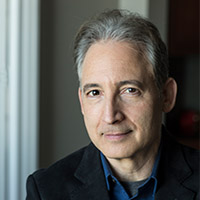In 1935, Albert Einstein and two colleagues published a landmark paper revealing that quantum mechanics allows widely separated objects to influence one another, even though nothing travels between them. Einstein called it spooky and rejected the idea, arguing instead that it exposed a major deficiency in the quantum theory. But, decades later, experiments proved the unsettling concept correct, upending conventional notions of reality. Join Brian Greene on a journey that brings this insight and the remarkable history of reality-bending quantum mechanics vividly to life.
This program is part of the Big Ideas Series, made possible with support from the John Templeton Foundation.















